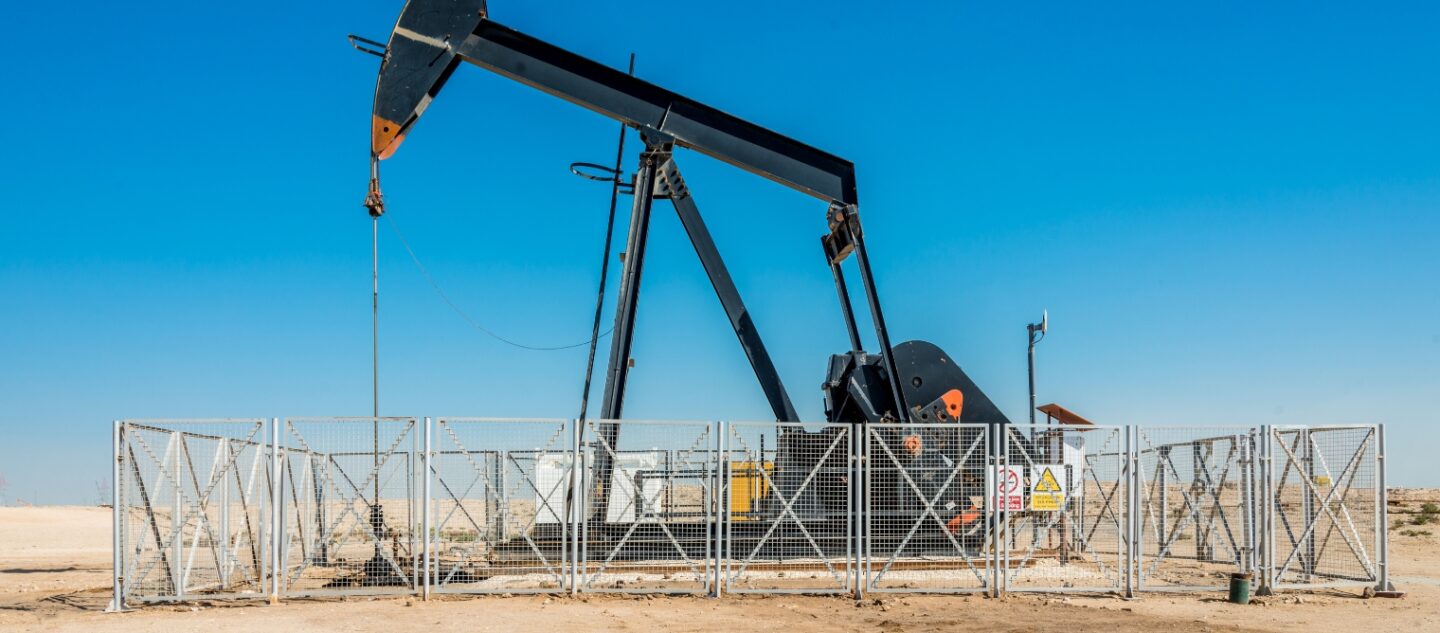He cites how ACWA Power has transformed its energy portfolio from 100% fossil fuels to 46% renewables in seven years. In 2023, the government awarded renewables projects with a capacity of 7 GW, he says and has projects either in operation or under development with a collective capacity of 23 GW.
“Everybody is seeing that the world is going to decarbonize, so clearly, at some point oil and fossil fuel demand will decrease over time. You cannot wait until that happens before you start diversifying your economy,” says Arcelli, who has over 20 years of C-level experience in energy and infrastructure, retail, and digital innovation, including at Italy’s Enel.
“Companies like ACWA Power can turn Saudi Arabia from the largest oil exporter today to the largest exporter of low-carbon expertise in the world — and we’re fast becoming that.”
An inflection point
Saudi Arabia’s decarbonization plans certainly represent a major tailwind for ACWA Power. The company plans to triple its asset base from $80 billion today to $250 billion by 2030, with 60% of its targeted growth expected to come from its home market.
Another part of Arcelli’s remit is to steer regional and global expansion. As a major shareholder, the PIF positions the firm as a national service provider to help Saudi Arabia facilitate energy transitions globally. The company is betting big on Central and Southeast Asia, where it is called upon to provide technical and financial expertise for bilateral agreements and government-to-government collaborations. A case in point is Uzbekistan, where it plans to invest $15 billion in the coming years.
Both Saudi Arabia and Uzbekistan have a clear vision and operate a dual-track model of negotiated deals and tenders, which bring speed and scale, says Arcelli. It also enables the company to plan beyond the project, including training workers needed to drive the transition.
ACWA Power, which employs 4,000 people across the Middle East and Africa, is also working on a raft of megaprojects. These included the first desalination plant worldwide powered by renewable energy at Red Sea Global, and a new tourist destination the size of Belgium that is fully powered by green energy.
It has also signed a joint venture with Air Products and Neom to build the world’s largest green hydrogen plant, which plans to export 1.2 million tons per year of green ammonia when it comes into production in 2026.
Many CEOs can only dream of having such growth opportunities. Arcelli agrees that it’s a “dream job,” but the breakneck expansion brings challenges.
This includes how to transition from being essentially a large, successful startup to a more institutionalized organization, while maintaining its agility, entrepreneurship, and ingenuity.
“We’re now at this inflection point where we really need to focus on strengthening the organization to accelerate growth. This means we need to develop and elevate the quality of our colleagues, so that we can defer more of the decision-making to lower levels, and we can go faster,” he says.
YouTube

 Podcast available
Podcast available

